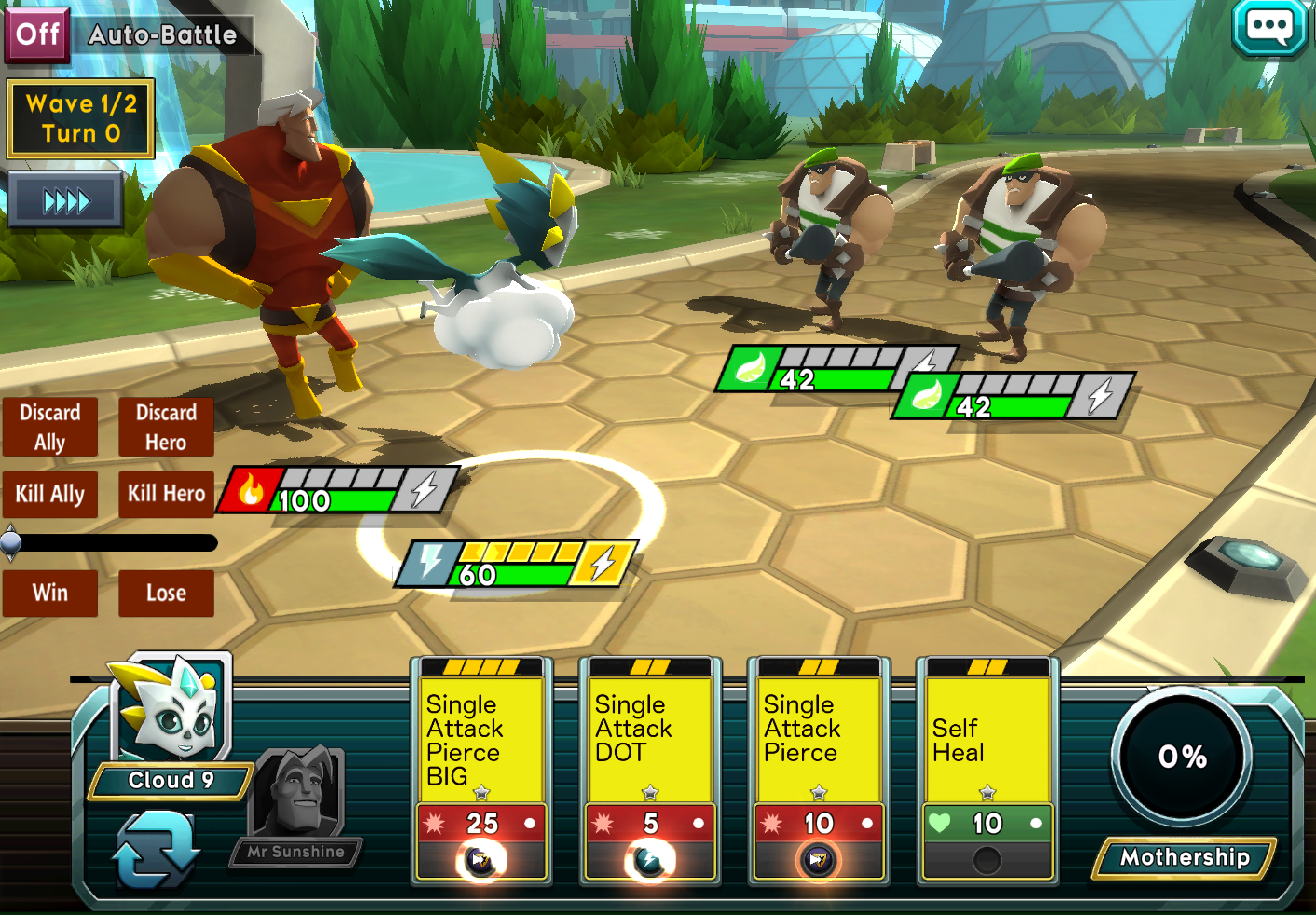From paper to digital
In our specific case, bringing the prototype to the digital game was a fairly easy and quick job.
As the game was already developed to a playable stage, the main job was to modify the current game system to reflect the new changes. Of course, we had to adapt the rules from the paper prototype to the digital game logic, implement them in the quickest and efficient way, play, and iterate:

The cards from the paper prototype were implemented in the digital game
Abstraction versus reality
After we implemented the prototype principles in the actual game, we were ready to start over with the iterations.
In fact, what has been proved on paper was just a quick way to commit to a more serious prototype. It wasn't a definitive answer that the system would have worked. Think about paper prototyping as a green light for the actual digital prototyping.
The digital prototype was replicating quite well the experience that we had on paper, but some improvements became obvious and necessary...



































































